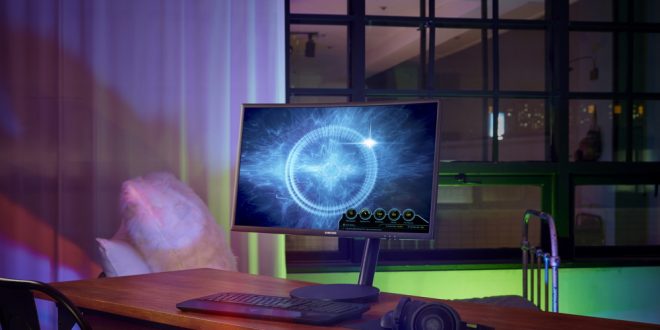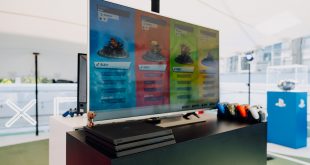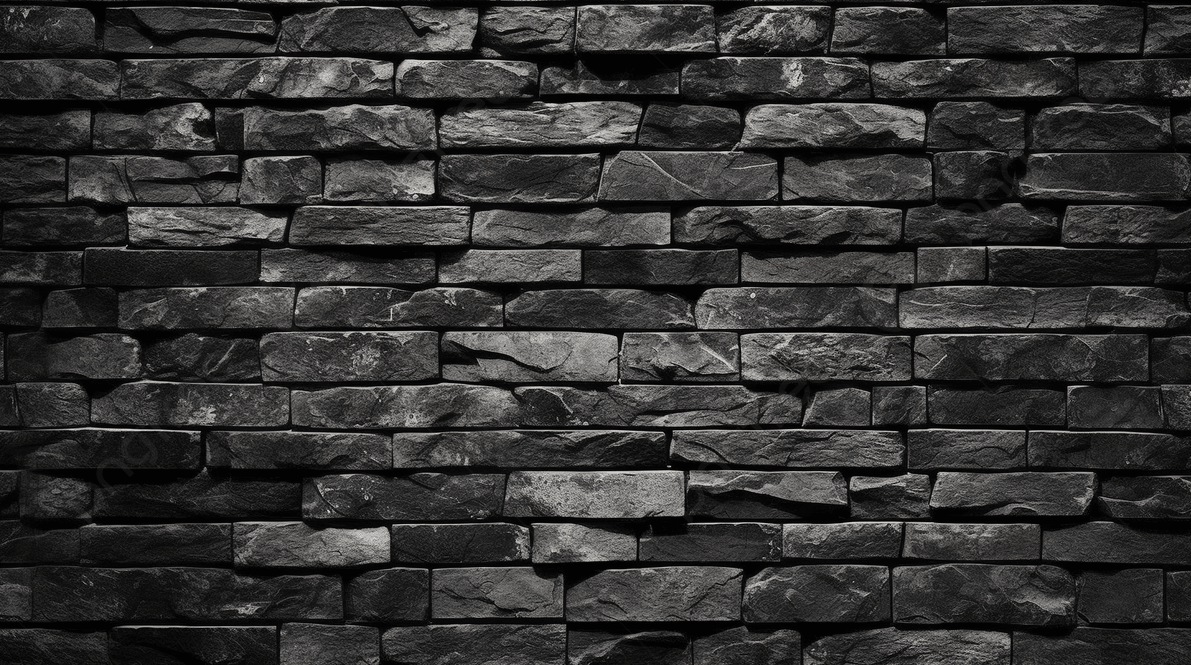This monitor was supplied by Samsung for review. Specs as reviewed: 27″ 1920x1080p FHD Screen, 1800R Curved Screen, 144Hz refresh rate, AMD Freesync compatible, Vertically Aligned (VA) Quantum Dot Monitor – RRP: $899
I generally consider myself an advocate of 4K gaming. In fact, apart from screen resolution, I’ve been kind of a traditionalist in the gaming panel space. Flat screen, 16:9 aspect ratio, and 60Hz is generally what I look at when it comes to monitors, it’s just how I am.
There’s a definite divergence going on at the moment when it comes to monitors in terms of sizes, panel width, resolution and refresh rates, however. Choice is always good, but how do you know you’ve made a good choice when you pick your next screen?
For televisions, you’re either looking at 1080p, or 4K. These are pretty much your choices for resolution. Sony and Microsoft have seen the way that this is going and have made sure that their consoles, usually played on TV sets, can support 4K and HDR technology which is making its way in to the market. Refresh rates have always been a distant consideration, but a lot of TVs now being produced are boasting refresh rates of over 100Hz. It’s just that what you’re watching on it cannot match that.
PC gamers have always had more to consider when it comes to a panel. Some are aimed at design professionals, so calibration of RGB values, screen size, and resolution become important decision factors. Others are focused on gaming. First-Person Shooter titles particularly benefit from a higher refresh rate (just ask any CS:GO player worth their salt), but this often comes at the cost of playable resolution, depending on your gaming rig. Balancing your monitor choice against your PC choice is becoming ever more important.
Samsung, being the world leader in the TV and screen panel production, have recently launched their G70 monitors in New Zealand, which is what I’ve managed to put my hands on for review. They come in 2 sizes, 23.5″ and 27″ but the rest of the specs remain the same. You get 144Hz, AMD Freesync compatibility, and 1ms response time, a 1920×1080 screen, and a curved screen with an angle that is known as 1800R. I’ve had one of their 27″ monitors for about the last 4 weeks.
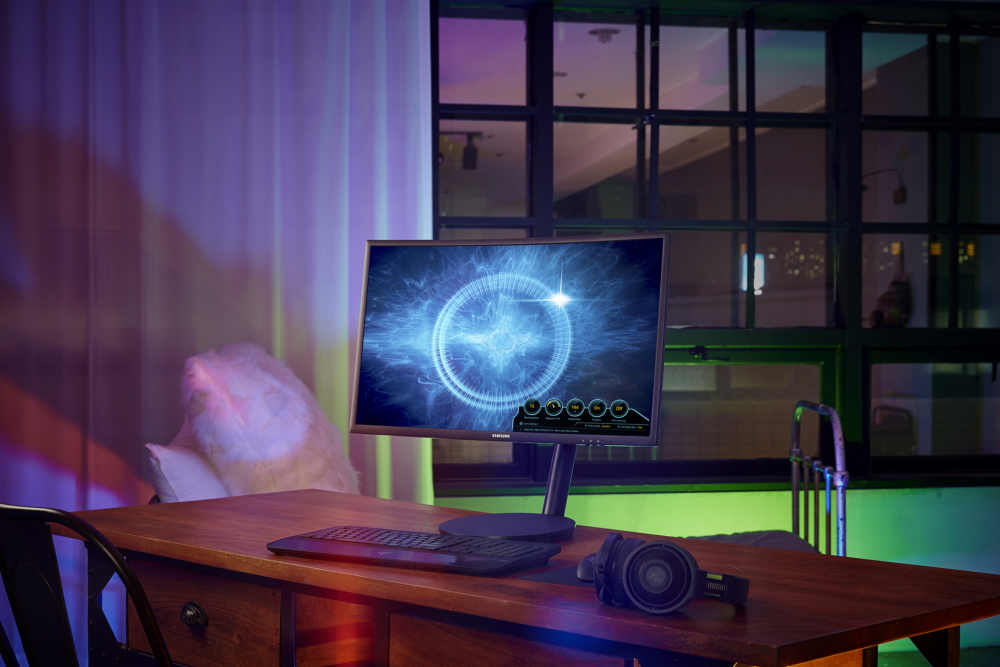
It has succeeded in changing some of my traditionalist opinions.
For a start, I am now an advocate of high refresh rates over outright resolution. There’s no denying that a game in 4K looks incredible, but it’s not worth it if you end up with a choppy framerate. On the other hand, 100+ FPS on 1080p at Ultra everything on most games still looks really, really good, and you get the added benefit of experiencing a level of smoothness that you hadn’t previously realised was possible. Especially when you have to make some really quick turns in Battlefield 1. I’ve found that anything over 100 frames per second takes a while to adjust to, and I’m not sure that I’d be able to tell the difference between 100 and 120, but there’s options to select the refresh rate of the monitor and I’m planning on running some tests with Tawhai to find out (stay tuned for that one!)
I don’t know how sold I am on the curved screen though. It’s nice, and you quite quickly forget about it generally, but for me, it doesn’t really add anything to the overall experience. I can imagine that if you were determined to put three of these together, then the overall curve would probably be quite noticeable and beneficial instead of having the sharper angles that you get in a traditional triple-monitor setup, but one by itself isn’t quite enough to pull it off. One nice thing that’s included in the box is an optional VESA mount in case you decide to go hog wild in that respect.
The monitor has some profile buttons, which I am actually a bit of a fan of. I have two profiles saved, one for gaming, and the other for producing written content. One has everything dialed up to 11, the other has everything subdued, with way less blue light and brightness to prevent eye strain. Each one is literally a button press away. It’s a nice feature.
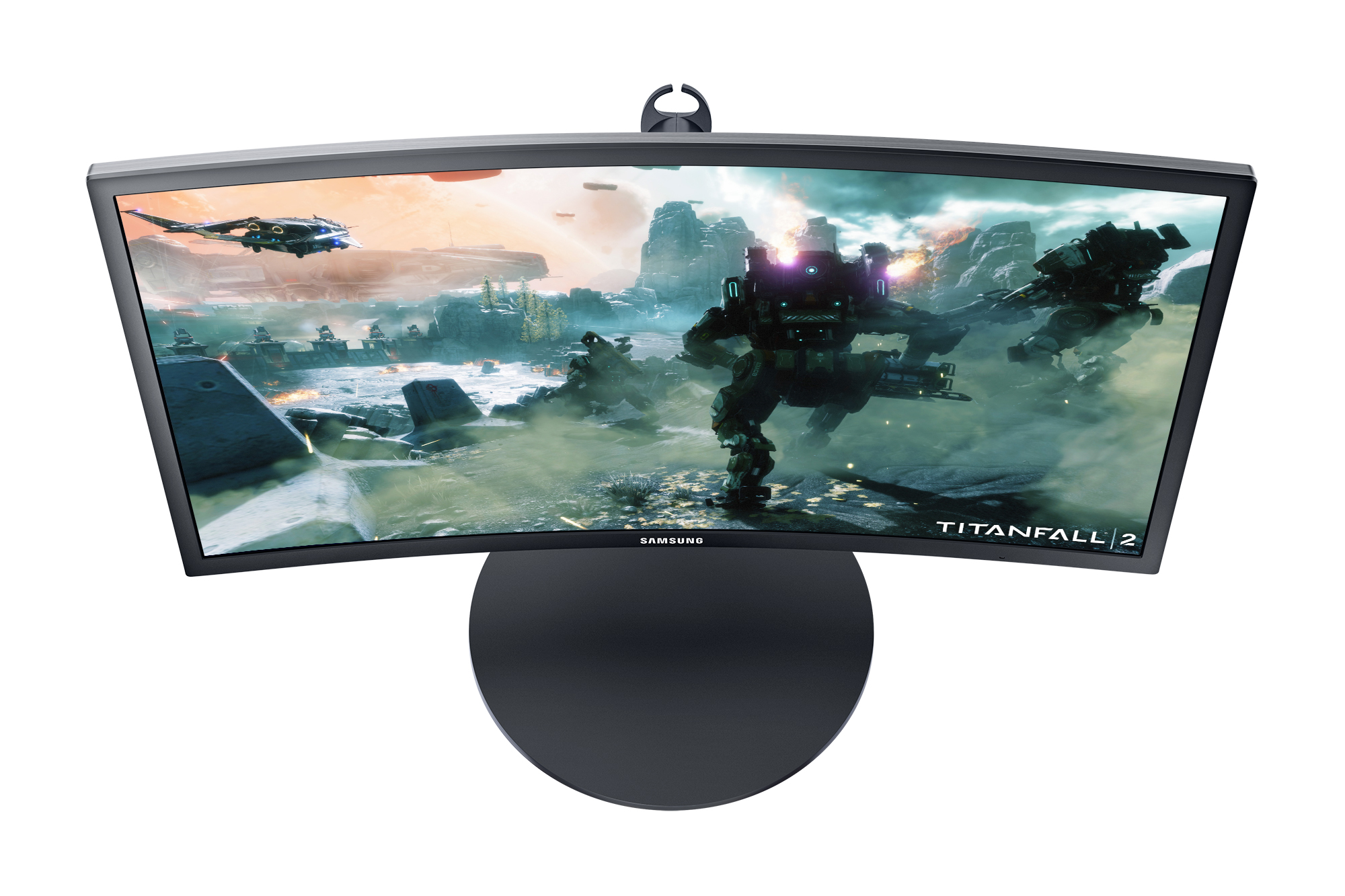
The monitor’s base is big, solid, and if I’m honest, a bit of a pain on a normal sized desk, especially if your desk backs onto a wall. Whilst its size is a bit of an issue, it is versatile. The arm is pre-installed into the monitor and you just connect the solid base plate when you put this thing together. It has a good range of height and tilt so it will be suitable for most people and if you’re so inclined, you can even quite happily turn the monitor 90 degrees and view it in portrait mode.
Brightness and colour reproduction are great on this monitor. A vertically aligned panel gives really consistent backlighting and the monitor brightness is a serious step up from any of my previous screens. If I’m gaming with the lights out, I actually have to dial back the brightness otherwise my eyes hurt after about 20 minutes. Use of Quantum-dot technology means that you get some incredible colours on-screen. Each monitor comes pre-calibrated and has a calibration sheet from the factory so you can see how it measures up on RGB, grey-to-grey response times and other things, but the effect is bright, clear, smooth display on your games. I’m a fan of this.
Now, one thing worth talking about here is the price. A G-70, 27″ monitor has an official RRP of $899 in New Zealand. That’s quite a lot for a 1080p monitor, even if it’s got a couple of nifty features up its sleeve. Throw in another hundred and you could be looking at 1440p monitors with 144Hz refresh rates. Thankfully, if you shop around, you’ll find this monitor sitting comfortably below that RRP in some NZ based e-tailers at the time of this review. At the prices I’ve seen this for online, it’s a compelling option if you’re in the market for a high-quality 1080p monitor with a high refresh rate.
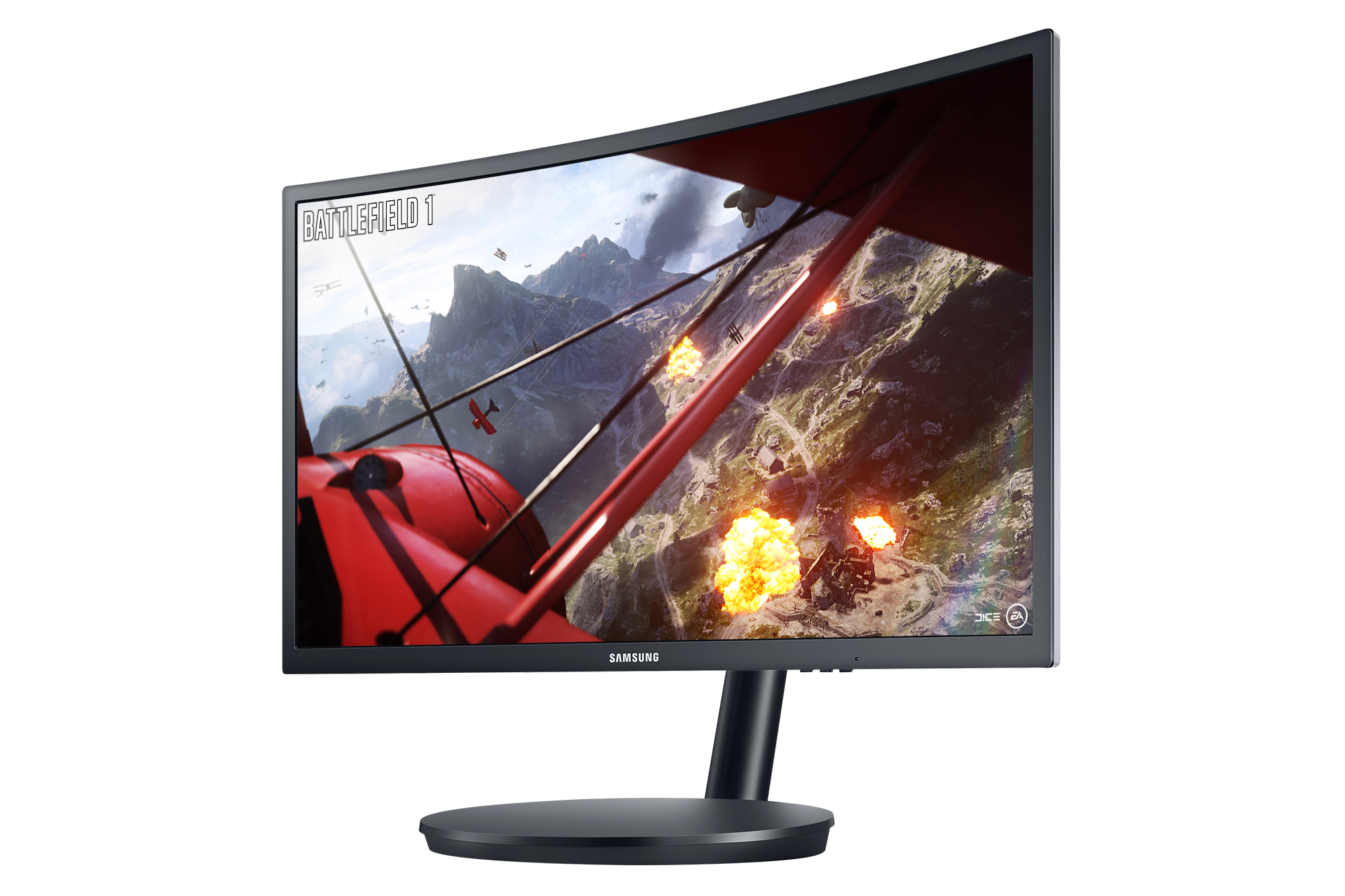
All in, I am comfortable reporting that this monitor has quickly become my standard monitor on my PC. My 4k panel now sits to the side and primarily serves as a screen for my PS4 Pro and XB1-S. Given how skeptical I was about this when they asked me if I was interested in having a look at it, I’m glad I decided to give a lower-than-I’m-used-to resolution screen a chance. Gaining those frames-per-second has been worth it. I would recommend this monitor if you’re in the market for a 144Hz screen, but I’d suggest you do a bit of shopping around to avoid paying the full whack on it.
Overall Score: 8.5 / 10 – The Samsung CFG-70 Curved Gaming Monitor is a well constructed, high quality 1080p screen. Whilst I’m not sold on the curved screen, and the monitor base is a bit big for my liking, I have become a fan in my time spent with this monitor.
– Dave
Dave
Latest posts by Dave (see all)
- Review – Thumper on PSVR2 - February 23, 2023
- Review – Demeo on PSVR2 - February 22, 2023
- Review – PlayStation PSVR2 - February 17, 2023
- PlayStation VR2 – Unboxing - February 12, 2023
 THE EMPIRE
THE EMPIRE

